A Game Concept With Dramatic Graphics
In 2017 I started working on a game idea to commemorate the 100th anniversary of The Great War (1914–1918). I decided on an abstract card game design about World War One that hopefully could be a fun, “filler” game—a game used to fill time between longer games at conventions or while waiting for the rest of your gaming group to arrive. Filler games usually have simple rules and short playing time. I think they are a great way to introduce someone to historical games.

TGW card featuring Rodger B. MacGowan’s art.
Illustrations and graphics would be the key factor for this card game. If it looked good, it might entice gamers to try it. Even if my design was clever, it wouldn’t really matter if no one wanted to play it. That’s where my friend and colleague Rodger B. MacGowan entered the project.
Since the 1970s, Rodger and I have worked together on a variety of projects. A few of the more notable included his illustrations that appeared in my Conflict magazine back then and the cover he created for the third edition of my Streets of Stalingrad game (2002). In 2015 we produced several items for the 200th anniversary of the Battle of Waterloo. MacGowan and Lombardy’s The Great War™ (TGW) card game is our most recent collaborative effort. The game uses almost all of Rodger’s stunning World War One artwork—appearing on about 25% of the 200 playing cards. Rodger also created the play mat and box art for TGW.
My first card game was more challenging than I expected
My assumption that a card game would take less work to create compared to a board game proved . . . completely wrong.
I used cards in some of my previous board game designs, but TGW was my first full card game. I accomplished my objective of simple rules—just two sides of one 8.5 x 11 sheet of paper. The basic game of ten Turns (20 Rounds) usually takes about 30 to 45 minutes because card play is fast. By comparison, GMT’s Wing Leader card game is listed as taking 90 to 120 minutes to play—and the WL tables are constantly busy at Consimworld Expo where large, multi-day games are the norm (WL is a fantastic game system, by the way).
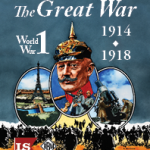
Click to download latest rules
Although my game used a simple play mechanic, game development took months. I did not count on the hundreds of permutations possible when the cards interacted with other cards in so many ways. This complexity required months of concentrated playtesting, with continual adjustments to card play, the numbers and types of cards, and the text on the cards. The initial TGW rules version 1.0 in late 2017 evolved to 6.0 by the time the game was assembled and shipped in late 2021 / early 2022–and I am very happy with the end result.
Unexpected interruptions ironically led to improvements
A professional opportunity and several personal tragedies (family deaths) dragged out the development of the game well past 2018 and beyond the end of the World War One commemoration. (You can read about The Great War 100th anniversary exhibit that consumed most of my time in 2018.)
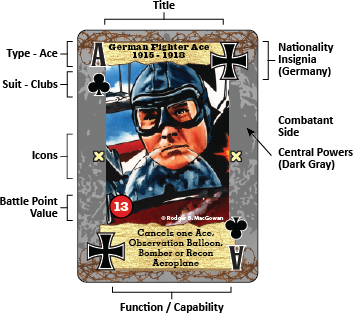
My “deep dive” research into 1914-1918 to create the anniversary exhibit meant that by the time of Consimworld Expo in 2019 the card game was substantially changed from the initial two 54-card decks—one British-German and one French-German, including jokers. The game now contained a small deck of random-event cards such as bad weather, friendly fire, and bad luck that could affect either or both players. There was also new a deck of “bonus” cards that could be played with other cards or separately during a Round. These bonus cards included types of historical artillery fire such as “Rolling Barrage,” plus snipers, tunneling, and the continual introduction of improvements in weapons/tactics/doctrine, etc.
With so much historical information on the cards, how was I able to keep game play simple? Icons and text on each card provide the special or unique rules on how to use that specific card. These symbols and text also explain how that card interacts with other cards. There’s no need for the players to look up card effects in the rulebook—just do what it says on the card.
Three big mistakes on Kickstarter delayed the game by months
I made three major errors running the Kickstarter campaign for TGW and these delayed the game by months.
These three mistakes were:
1) It took a lot longer to finish developing the game when I decided to add solitaire play. Originally it was just going to be a 2-player card game. Incorporating solitaire rules was like designing another complete game.
2) Adding new cards in the seven Kickstarter stretch goals required additional playtesting for some of these cards such as sea mines and coastal artillery.
3) Adding a War of the Worlds expansion and special cards to the basic historical game—a science fiction “twist” that had a connection to both author and journalist H. G. Wells and the historical Great War armies and weapons that Wells covered in his columns. Definitely more fun but should have been held for a future expansion release. It did not have to be part of the Kickstarter campaign.
Stuka Joe interviewed me at Consimworld Expo 2021 where I explained these mistakes in detail (starting at 43:48 of the video). The beginning of the interview discusses my next game—a regimental-scale version of Streets of Stalingrad.
https://www.youtube.com/watch?v=-m4geWRe__c
Ok, So How Does This Game Actually Work?
During their Turn, players choose cards from their hands and play them face-up in front of them. As an example:
The Defender for a Turn places cards representing the terrain and/or reinforced trenches and/or units that will face the attack.
The game mechanic used in MacGowan and Lombardy’s The Great War™ is basically “trick-taking” in card game terminology—the highest points win that Turn. But it’s possible to lose several Turns and still win the game as you draw more cards each Turn and play them shrewdly.
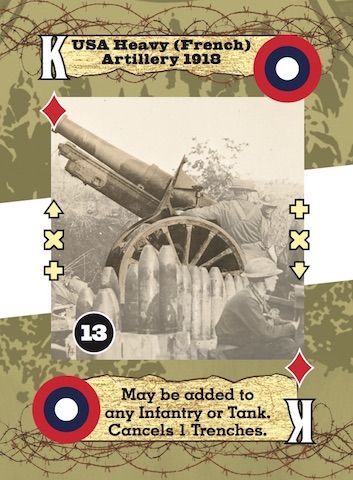 The Attacker then chooses a heavy artillery card and places it face up. If the artillery card is not cancelled by a Defender’s action, the Attacker may then in this same round add a reconnaissance aeroplane and a “Rolling Barrage” bonus card since both of these cards may be added to the artillery (artillery spotters in planes provided a significant force multiplier to artillery fire, and rolling or creeping barrages had more effect than simply firing all over the battlefield). Again, the icons and text on the cards explain these capabilities and which cards can be added to another card.
The Attacker then chooses a heavy artillery card and places it face up. If the artillery card is not cancelled by a Defender’s action, the Attacker may then in this same round add a reconnaissance aeroplane and a “Rolling Barrage” bonus card since both of these cards may be added to the artillery (artillery spotters in planes provided a significant force multiplier to artillery fire, and rolling or creeping barrages had more effect than simply firing all over the battlefield). Again, the icons and text on the cards explain these capabilities and which cards can be added to another card.
After another round of play, both sides count the number of battle points on all their face-up cards. The player with the most points wins that turn and takes (captures) the enemy cards (Defender wins ties). Players then switch Attacker and Defender roles for the next turn.
The game mechanic used in The Great War is basically “trick-taking” in card game terminology—the highest points win that turn. But it’s possible to lose several turns and still win the game as you draw more cards each turn and play them shrewdly.
A Team of 25 Developed The Great War card game
In addition to Rodger and me, a host of other people helped make TGW an attractive and fun card game.
Mark Schumann designed the card layouts and icons, and Daniel Zillion colorized the historical photos and updated the cards from playtesting feedback. These two graphic artists worked with me on some of my previous games and on World War One Illustrated magazine.
Mark Kaczmarek, who has more than 50 years of experience with design and development in the wargame field and is the assistant editor of Rodger’s C3i magazine, was overall developer of TGW.
Chris Janiec, a friend since high school and designer of GMT’s PQ-17 board game, was a TGW playtester who came up with the rules for how the naval cards should impact play.
Craig Robertson, who worked with me at 1A Games developing the Next Wave version of the Tide of Iron board game, was editor/proofreader and created the War of the Worlds expansion for TGW. (Yes, there is an expansion in which the Martians have landed, a tip of the hat to H.G. Wells who, in addition to writing classic science fiction, wrote Little Wars, the first commercially published set of wargame rules, published on the eve of the Great War.)
Gerald D. Swick, a longtime friend, provided additional edits and several useful suggestions that we incorporated into the final design. Gerald also wrote and edited the advertising that made the Kickstarter campaign a success. When everything was going pear shaped, Gerald helped me maintain my sense of humor.
Nearly 20 additional people playtested TGW. Four of them stand out: Ray Hosler and his son Eric, who gave me great feedback on the first iteration of the game, and Charles Schwartz and his wife, Tina, who were among the group that playtested the final version. (Tina is not a wargamer—if she enjoyed it I must have done something right!)
I cannot express my gratitude enough to Rodger for his continued friendship and encouragement. And a huge thanks to all of the people who helped make MacGowan & Lombardy’s The Great War™ card game something special.
Dana Lombardy tells more about the background of M&L’s The Great War™ in a wide-ranging podcast on No Dice No Glory

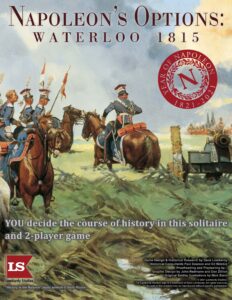
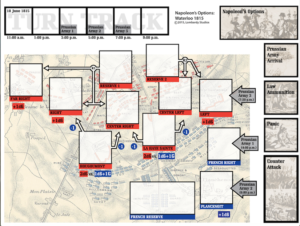
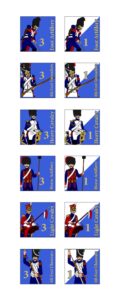
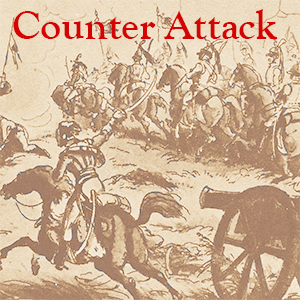
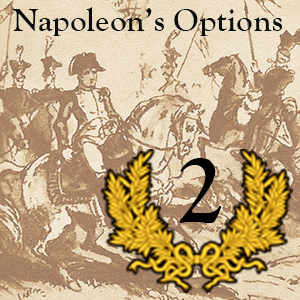
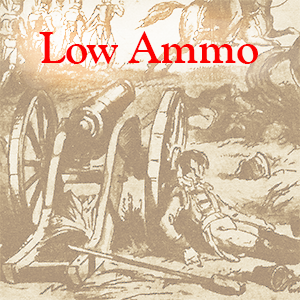
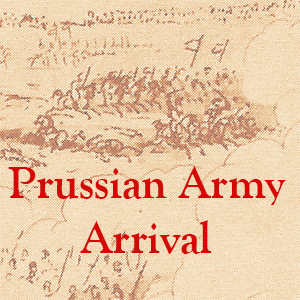

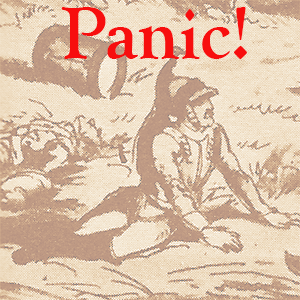
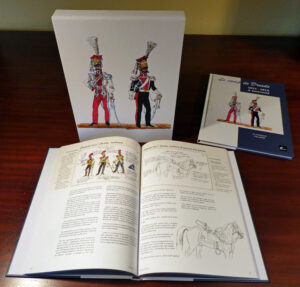
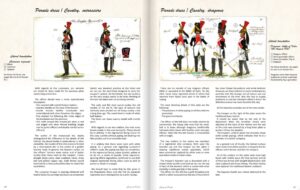
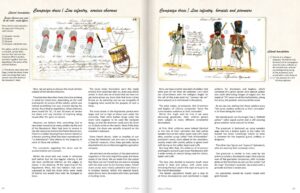
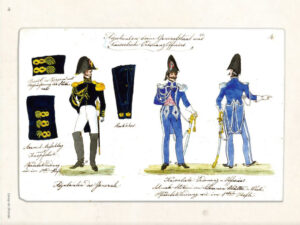
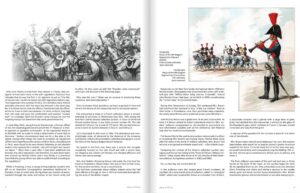
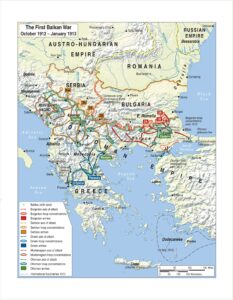
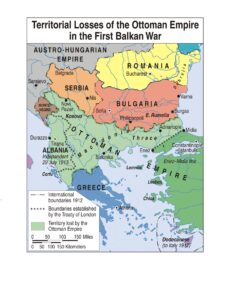
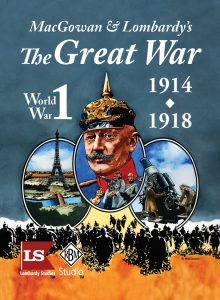




 The Attacker then chooses a heavy artillery card and places it face up. If the artillery card is not cancelled by a Defender’s action, the Attacker may then in this same round add a reconnaissance aeroplane and a “Rolling Barrage” bonus card since both of these cards may be added to the artillery (artillery spotters in planes provided a significant force multiplier to artillery fire, and rolling or creeping barrages had more effect than simply firing all over the battlefield). Again, the icons and text on the cards explain these capabilities and which cards can be added to another card.
The Attacker then chooses a heavy artillery card and places it face up. If the artillery card is not cancelled by a Defender’s action, the Attacker may then in this same round add a reconnaissance aeroplane and a “Rolling Barrage” bonus card since both of these cards may be added to the artillery (artillery spotters in planes provided a significant force multiplier to artillery fire, and rolling or creeping barrages had more effect than simply firing all over the battlefield). Again, the icons and text on the cards explain these capabilities and which cards can be added to another card.